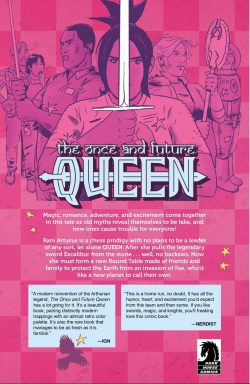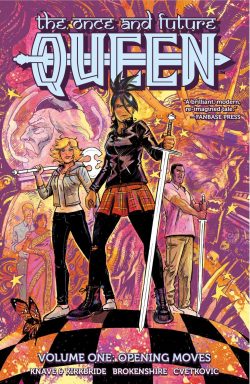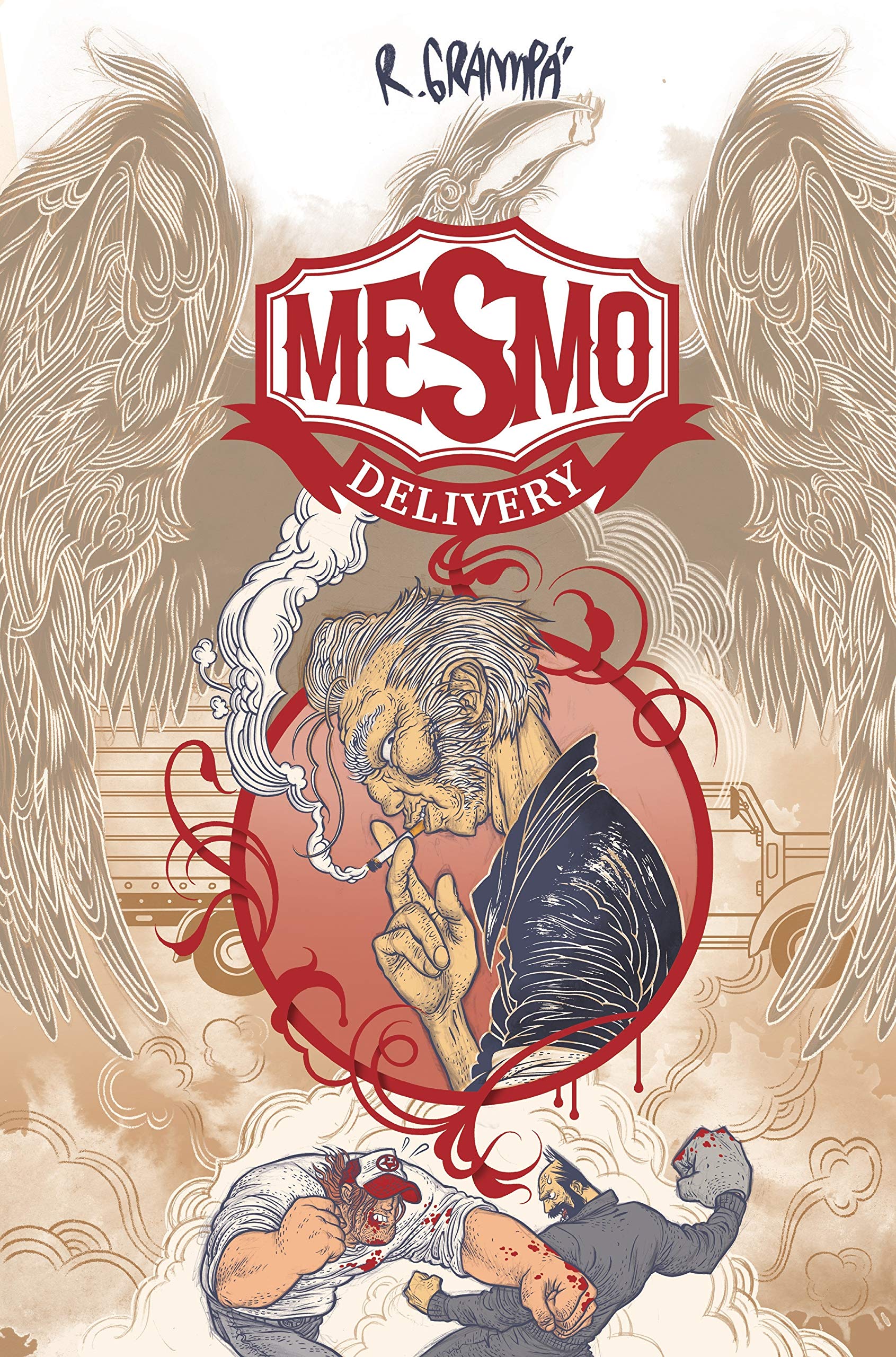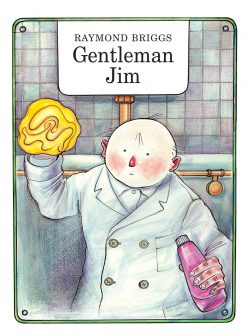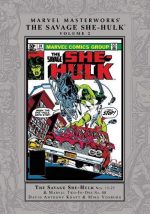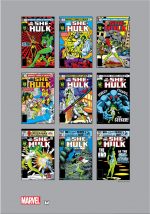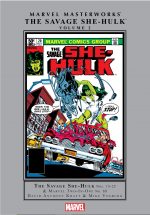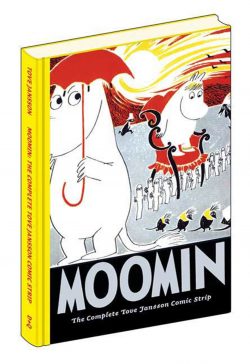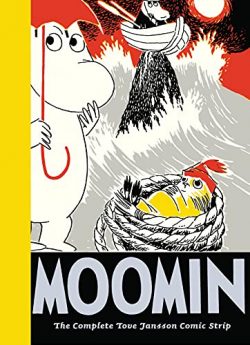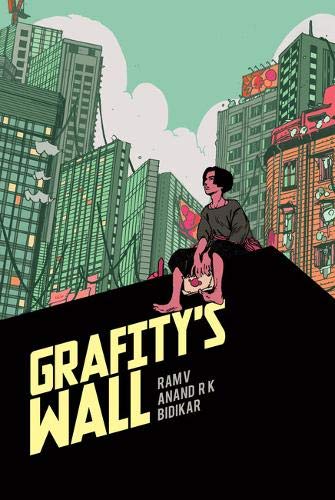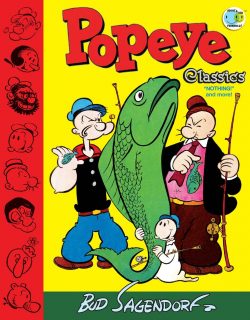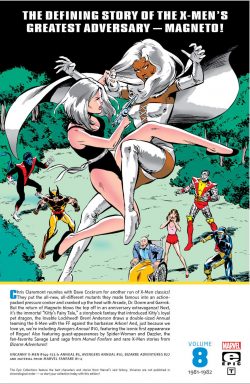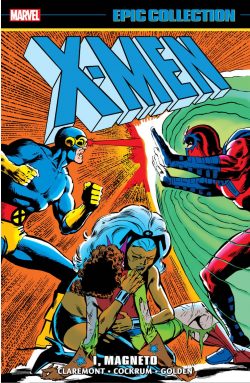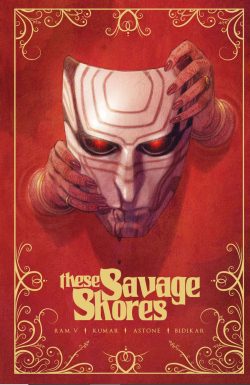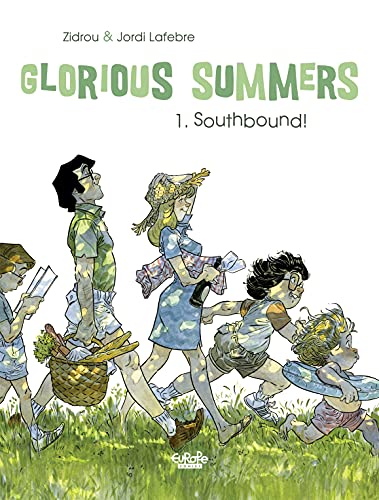
By Zidrou & Jordi Lafebre, with additional colour by Mado Peña translated by Lara Vergnaud (Europe Comics)
No ISBN: Digital edition only
Until comparatively recently, comics in the English-speaking world mostly comprised comedic or various adventure sub-genres (crime, superhero, horror, sci fi), with only a small but vital niche of “mundane world” ventures, usually depicted via graphic biographies and autobiographies such as They Called Us Enemy, Coma, Death Threat, Love on the Isle of Dogs, Wage Slaves or Sour Pickles offering a different feel and flavour. Even historical sagas were treated as extraordinary moments with larger-than-life characters whenever possible.
What we have never had – and still largely don’t enjoy – is a comics equivalent to general fiction, drama and melodrama. That’s not so in Japan and Europe, where a literal “anything goes” attitude has always accommodated human-scaled, slice of life stories depicting ordinary people in quiet as well as extraordinary moments.
Surely it can’t be that hard to tell engaging stories in pedestrian, recognisably ordinary settings? Medical traumas, love stories, school tales and family tragedies about common folk seem to play well on various-sized screens around the world, so why not in English-“speaking” comics? The closest we seem to get are comedy series like John Allison’s brilliantly superb Giant Days (which I really must review soon)…
People being people is more than enough for our European neighbours. They apparently have an insatiable appetite for everyday events aimed at properly “mature readers”, all joyfully sans vampires, aliens or men in tights. These even have sub-genres of their own. For example, there’s a wealth of superb material just about going on holiday…
So, since our own Government-in-Absentia have ensured that it’s now all-but-impossible for any UK-based citizens to pop across and have une petite vacances in Europe, let’s at least stare covetously at them having a good time. After all, over there holidays are an inalienable right, and they have some simply fabulous tales about a simple break. This is probably the best you’ll ever read…
One of the absolute best examples of fantasy vacations made real, Glorious Summers: Southbound! (1973) is a nostalgia-drenched confection by Zidrou and frequent collaborator Jordi Lafebre: a sublime example of idyllic group memory transformed into graphic sorcery and an everyday account utterly unafraid to temper humorous sweetness and light with some real-world tragedy and suspense…
Perhaps a little context is in order. Summer holidays – “Midi” – are a big deal in France and Belgium. The French even divide into two tribes over the annual rest period, which generally lasts an entire month.
Juilletistes only vacation in July and wield dogma and facts like rapiers to prove why it’s the only way to take a break. They are eternally opposed, heart, soul, and suntan lotion, by majority faction the Aoûtiens, who recharge their batteries in August whilst fully reciprocating the suspicion, disdain and baffled scorn of the early-leavers.
Many European sociologists claim the greatest social division today is not race, religion, gender, political affiliation or whether to open boiled eggs from the top or the bottom, but when summer holidays begin and end…
Les Beaux Étés 1: Cap au Sud! is the first of a string of family visits that began in 2015 courtesy of scripter Zidrou (Benoît Drousie) and illustrator Jordi Lafebre. Drousie is Belgian, born in Brussels in 1962 and a school teacher prior to quitting marking books in 1990 to begin making them. His main successes are school dunce series L’Elève Ducobu, Petit Dagobert, Scott Zombi, La Ribambelle, Le Montreur d’histoires, African Trilogy, Léonardo, the revival of Ric Hochet, Shi and many more. His most celebrated and beloved stories are this sequence and 2010’s Lydie, both illustrated by Spanish artist Jordi Lafebre.
The sublimely gifted, empathically sensitive illustrator and art teacher was born in Barcelona in 1979 and has created comics professionally since 2001, first for magazines like Mister K, where he limned Toni Font’s El Mundo de Judy. He soon found regular work at Le Journal de Spirou, creating the romance Always Never and collaborating with Zidrou on La vieille dame qui n’avait jamais joué au tennis et autres nouvelles qui font du bien, Lydie, and La Mondaine.
A combination of feel-good fable and powerful comedy drama, Southbound! begins “now”, as an aging couple sit on deftly-assembled camping seats in their beloved regular holiday spot. Gazing outwards and back, they remember how all their shared yesterdays almost died unborn during that difficult time in 1973…
It’s August then and Maddie Faldérault tries to amuse her four impatiently waiting kids as their father Pierre frantically puts the finishing touches to his latest comic strip. He has to: the publisher has stationed a gofer at his side to deliver the pages directly to the printer the moment the drawing stops.
The pages were due last Wednesday – as was the start of the annual Faldérault escape from gloomy Brussels for a month in sun-drenched France. That sun has long set, but such is the life of a minor star of the Belgian comics industry. Once the job is despatched, dad and long-suffering Maddie bundle the fractious kids into the car that’s been packed for days, heading for the border and some long anticipated R & R.
The kids are immune to bedtimes and wrapped up in time-honoured holiday rituals like shouting, fighting and singing odd songs. Shy lad Louis reads Lucky Luke to his invisible friend “Beekoo”, self-conscious oldest girl Jolly-Julie spars constantly with Nicole – cruelly picking on her weight – and hyperactive toddler Paulette (Peaches to you and her) bounces everywhere seeking attention and “fench fries an’ maynaze”…
They have no idea that it will be the last family holiday. The parents are planning to separate after the break and have fooled themselves into thinking the odd atmosphere and strained behaviour will be put down to Aunt Liliane being sick with the cancer…
However, as they make their way south, clocking up priceless, inconsequential memories and acting like fools and bandits in overnight camps and rest stops, the strain starts to hit the beleaguered family in ways none will forget…
This tale is a beautifully rendered and realised series of memories stitched seamlessly together. It’s funny and charming and delivers painful blows you never see coming. There aren’t any spectacular events and shocking crises and that’s the point: awful events can happen to any of us… sudden death, job insecurity, funerals, demands for divorce, an abrupt change of mind…
If you’re British – and old enough – this series (six translated albums thus far, plus a French omnibus edition) will stir deep-seated memories of family sitcoms like Bless This House or Butterflies and generational ads starring the “Oxo Family”. If that description doesn’t fit you, I pity your browsing history if you look up any of that…
The rest of you in need of an opening (but unfair comparator) could break out the Calvin and Hobbes collections and re-examine the bits with his embattled parents when the kid’s out of the picture…
Lyrical, laconic, engagingly demure, and debilitatingly nostalgic, this holiday romance is sheer visual perfection wrapped in sharp dialogue and a superbly anarchic sense of mischief.
Vacations are built of moments and might-have-beens, channelled here in compelling clips that make the mundane. This is an irresistible tale of woe, wonder and second starts; all the more perfect because of it.
© 2018 -DARGAUD BENELUX (Dargaud-Lombard s.a.) – ZIDROU & LEFEBRE, LLC.

